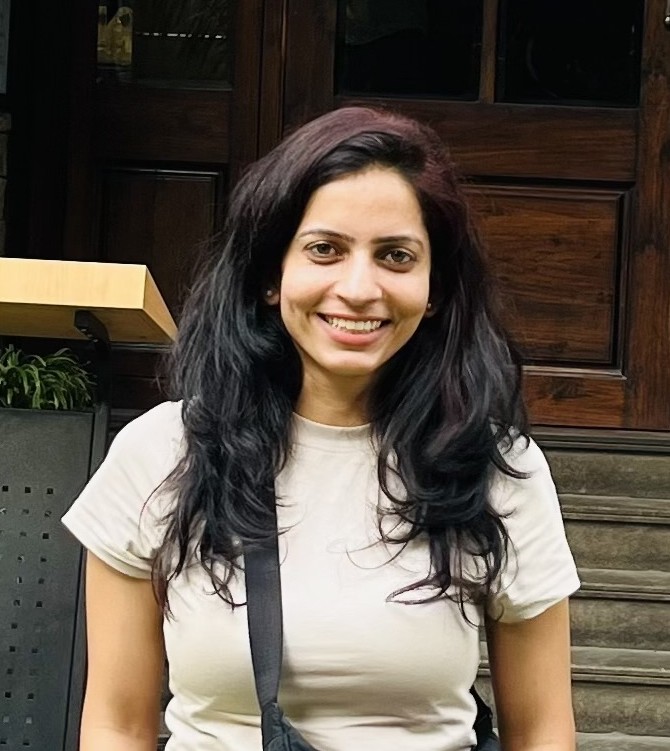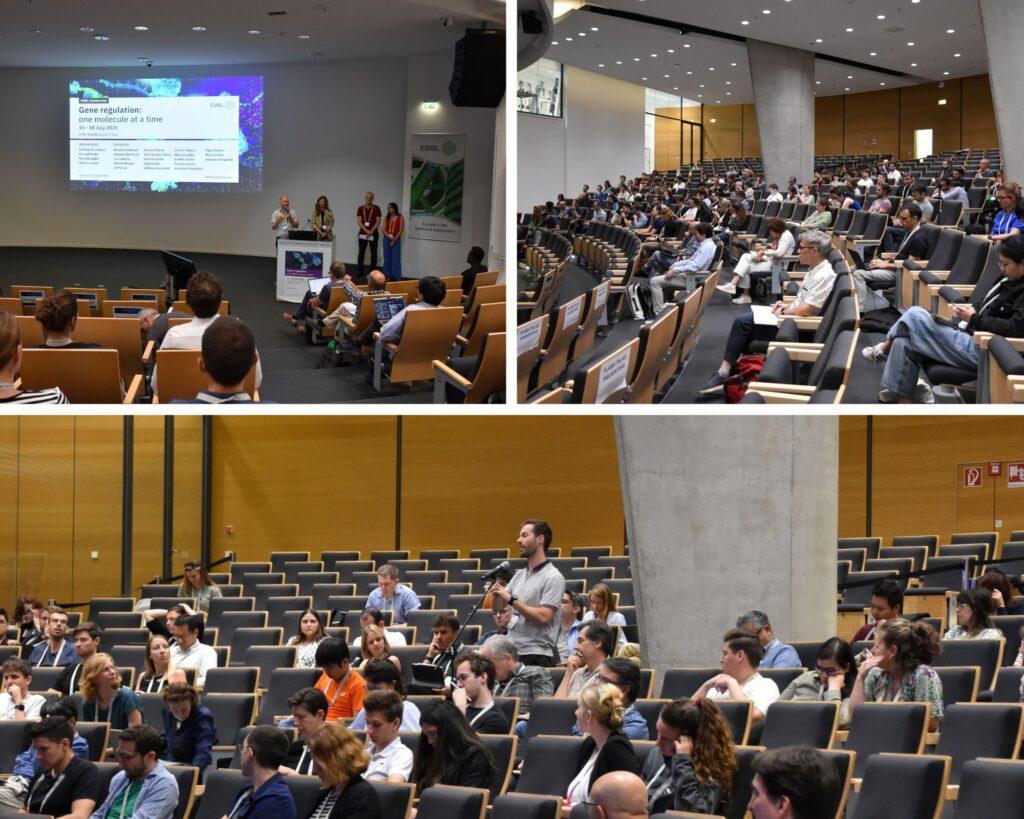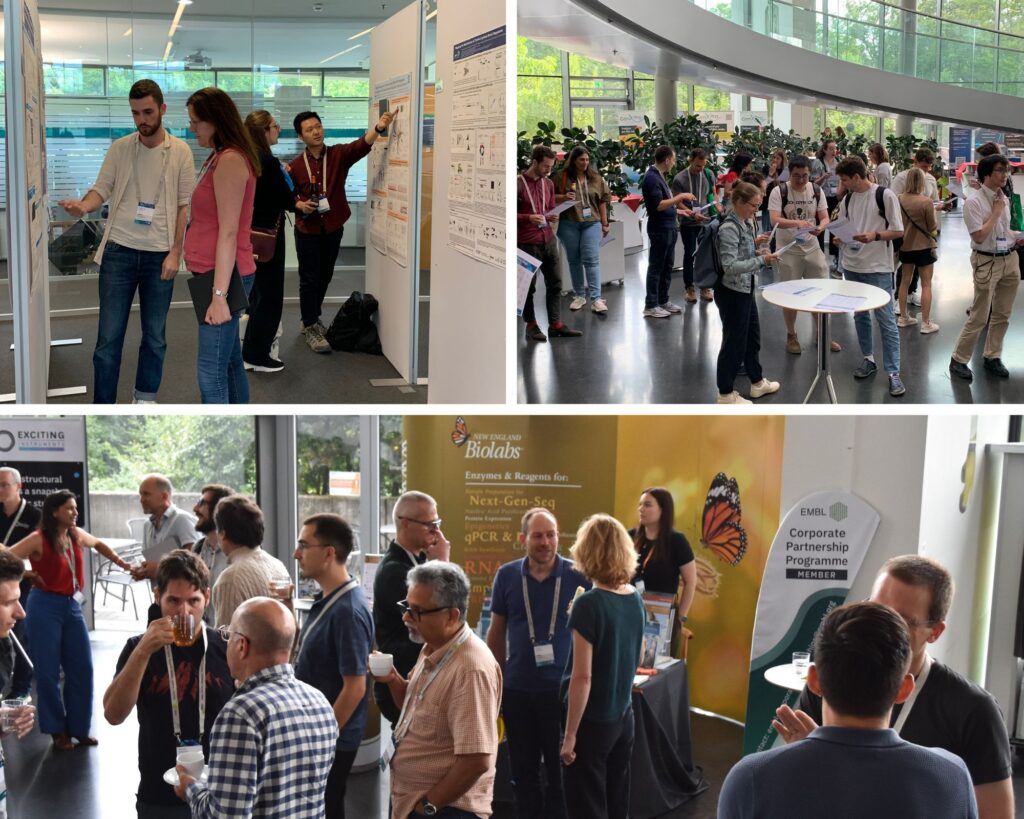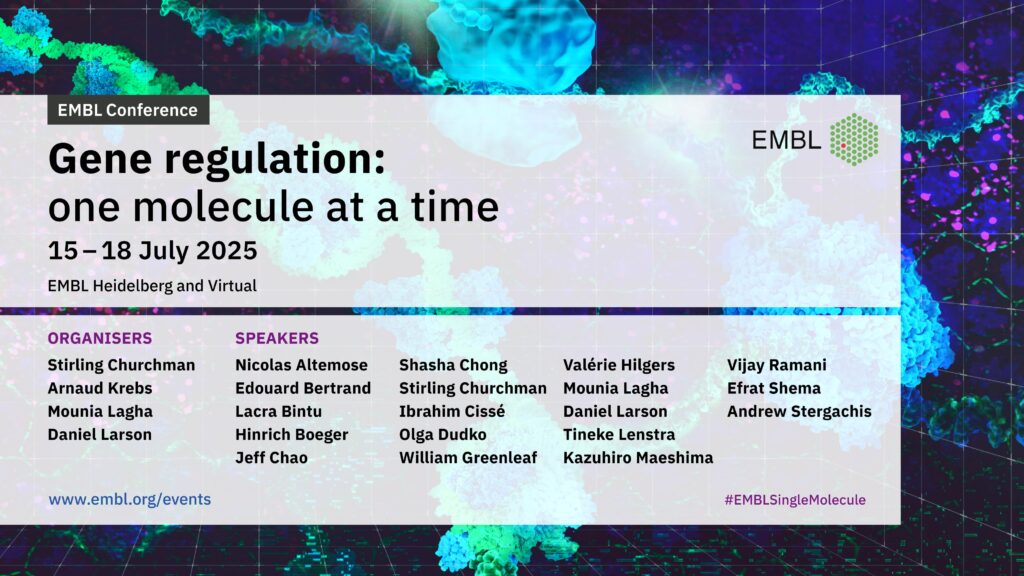Decoding gene regulation in space and time: an event report.

Written by Priyanka Yadav, Research Scholar, Indian Institute of Technology Guwahati, India.
Key findings and emerging themes from the EMBL Conference ‘Gene regulations: one molecule at a time’.
The EMBL conference was held in the beautiful city of Heidelberg from 15 – 18 July 2025, hosted at the picturesque EMBL campus.
#EMBLSingleMolecule brought together leading researchers from across the globe to present recent advances in chromatin biology, transcriptional regulation, and RNA dynamics at single-molecule and single-cell resolution. Talks spanned experimental innovations, computational modelling, and integrative approaches that together are reshaping our understanding of genome function in both physiological and pathological contexts.
I would like to highlight some of the key findings and emerging themes from each scientific session.
Session 1
This session was chaired by Stirling Churchman and Daniel Larson and explored how non-equilibrium mechanisms and energy-dependent processes enhance the specificity and efficiency of gene regulation in eukaryotes. Using single-molecule observations in yeast, presenters demonstrated that transcription factor activation domains can couple to free energy reservoirs, enabling promoter discrimination beyond equilibrium thermodynamic limits. A kinetic proofreading framework was proposed to explain how free energy dissipation supports this enhanced specificity.
Session 2
The second session was chaired by Mounia Lagha and Arnaud Kreb and focused on innovative imaging, sequencing, and modelling approaches for dissecting the spatial and temporal organisation of transcriptional regulation. High-resolution single-molecule footprinting and live-cell imaging revealed new insights into promoter–enhancer communication, transcriptional bursting kinetics, and chromatin accessibility changes during gene activation. Talks emphasised the integration of experimental data with computational inference to uncover dynamic regulatory architectures.

Session 3
In this session, advances in single-cell and spatial multi-omics illuminated the interplay between genome topology, transcriptional regulation, and nuclear architecture. Cutting-edge methods combined targeted chromatin profiling with live imaging to map enhancer–promoter interactions, nuclear sub-compartment organisation, and the kinetics of transcription factor binding. Key findings showed how chromatin loops, condensates, and phase-separated compartments integrate to fine-tune transcription.
Session 4
This session showcased advances in single-cell, single-molecule, and biophysical approaches for decoding the molecular logic of gene regulation. New long-read chromatin stencilling methods (Fibre-seq, DAF-seq) enabled haplotype-resolved maps of protein occupancy across entire human chromosomes, revealing the pathogenic impact of non-coding variants in Mendelian disease. Coarse-grained modelling of DNA–protein interactions uncovered how DNA shape and flexibility modulate transcription factor recognition and binding.
Session 5
This session highlighted advances in single-molecule and high-resolution approaches for decoding genome organisation, transcription factor function, and RNA structure in living cells. Long-read sequencing breakthroughs from the Telomere-to-Telomere Consortium have enabled complete human genome assemblies, including highly repetitive centromeric and telomeric regions, and novel DiMeLo-seq adaptations now allow protein–DNA interaction and methylation mapping in these regions with unprecedented resolution.

Session 6
This session presented cutting-edge single-molecule and live-cell imaging studies revealing new principles of chromatin organisation, RNA localisation, and transcription factor function. Long-read adenine methyltransferase footprinting (IDLI) in mammalian chromatin, uncovered pervasive, patterned nucleosomal distortion, showing transcription factors such as FOXA2 directly remodel nucleosomes at cell–type–specific regulatory sites. Live single-transcript imaging in iPSC-derived neurons revealed dynamic changes in mRNA mobility and localisation during neurodevelopment, while studies on Nanog clustering and MYC locus coordination provided new mechanistic insight into transcriptional regulation.
Across six sessions, the conference underscored the transformative impact of single-molecule, live-cell, and long-read technologies in resolving the dynamic and multi-layered nature of gene regulation. From energy-coupled promoter proofreading to enhancer–promoter communication, nucleosome distortion, transcription factor clustering, and mRNA localisation, the talks demonstrated that genome function is governed by a complex interplay between chromatin architecture, molecular binding kinetics, and spatial genome organisation.
Aside from scientific presentations, the atmosphere was both intellectually stimulating and socially engaging, enhanced by two detailed and intriguing poster sessions whose breadth and depth are beyond the scope of this written summary.
In conclusion
For someone who relies on discovering new ideas and connecting dots to make sense of them along the learning journey, attending the #EMBLSingleMolecule conference proved to be both deeply insightful and genuinely inspiring. The conference team made sure to bring participants of shared passion and commitment together through coffee breaks, guided walks in the woods, lunches, and dinners. In that spirit, kudos to the entire EMBL Events team for curating a conference that blended scientific excellence with a warm and welcoming atmosphere. I am looking forward to future editions of this event!

The EMBL Conference ‘Gene regulation: one molecule at a time’ took place from 15 – 18 July 2025 in Heidelberg, Germany, and virtually.
Read also about the #EMBLSingleMolecule poster prize winners and find out more about their research in another blog post from the meeting.
Did you know that you can become an event reporter and receive a conference fee waiver in exchange? Find out how to do that by visiting our Become an event reporter page.